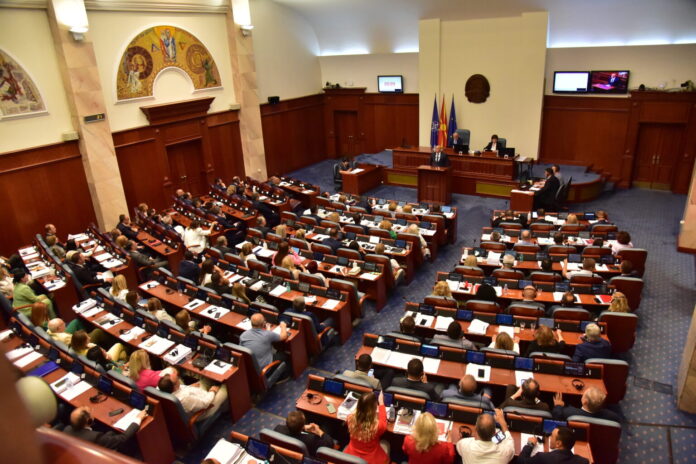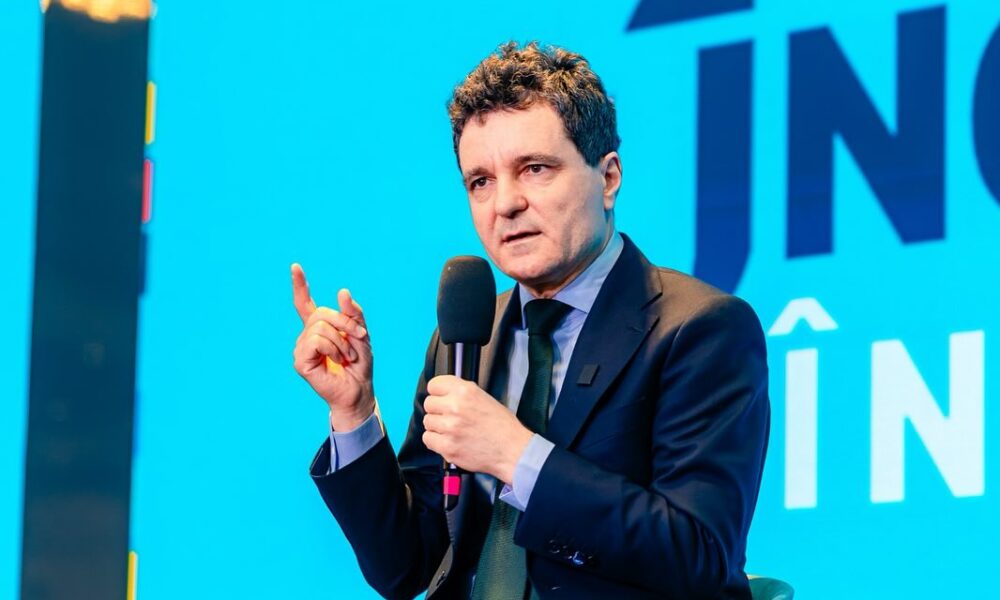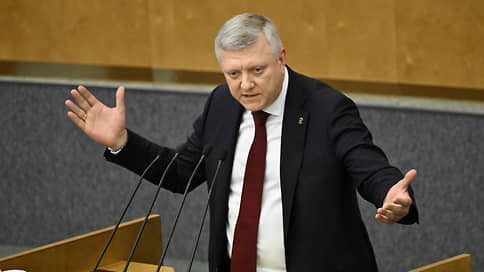Trump, separatists and reforms: what problems did the new prime minister of Canada have faced with
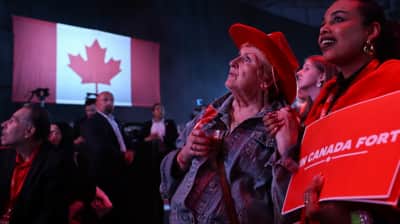
After winning in Canada, Mark Karney was a very difficult task.
He had to become such a prime minister very quickly who he can think as a banker at the same time, speak as a diplomat and act as a crisis manager.
And this is not an exaggeration. The United States Trade War and the need to lead extremely difficult negotiations with Donald Trump – only the visible part of the iceberg of the problems that the new government faced.
Dissatisfaction with the individual provinces, up to the hints of the possible exit from Canada, economic problems and even the fatigue of a large part of the population from the course, which was conducted by Liberals for the premiere of Justin Trudeau.
In the end, the current victory of the liberals would be impossible without returning to Donald Trump’s White House and the formation of an unfriendly external course in the United States.
Only a few months ago, sociology showed a confident victory for conservatives. And this means that Canadians seek change – and the new government should consider it.
Trump’s « taming. »
Donald Trump and his surroundings were terribly trimmed by Justin Trudeau, so the possibility of real negotiations appeared only after the election.
The parties approached these negotiations with 25%of Canadian goods introduced by the United States in March (except for energy, for which 10%were set).
In response to US tariffs, Canada has imposed duties on goods worth $ 43 billion, aimed at supporting states supporting the Republican Party.
In addition, the Carney Government has announced an investment in size $ 30.9 billion in the defense sphere to achieve NATO’s obligations and reduce dependence on US military technologies.
Against this background, the parties began to prepare for negotiations. In particular, some import duties were suspended under the USMCA Agreement, although this systematic decision was never made.
The first meeting, which took place on May 6, was successful – at least how successful can negotiations with the current US President.
Mark Carney clearly stated that Canada is not sold in a direct and figurative sense.
« As you know from the real estate market, there are places that are never sold. We are now sitting in one of them (in the White House. – Ed.) – It is not sold. Canada will never be sold, » – He declared Carney.
Although Trump reminded that « never say never », but it seems that this argument has been perceived. At least after that meeting of new statements about the need to access Canada was no longer.
At the same time, Carney does not give up a rigid style in dialogue with neighbors. And even publicly criticized the United Kingdom, the actions of which during the threats of Trump Canada « did not impress » Canadians.
With regard to the upgrade of the trade agreement, Carney and Trump have agreed that the US-Canada and US-Mexico bilateral negotiations will first take place, and then they will be transformed into multilateral format.
Another important moment for us: as the media became known later, the meeting with Trump was discussed and Issues of war in Ukraine and peace talks.
Together with the meeting with Vladimir Zelensky in Rome, on the eve of the Pope’s enthronement, the new government of Canada demonstrates the continuation of the course in support of Ukraine.
Including – defending this course before the US President.
A course on a referendum?
However, without Trump, the first weeks of the Curne Prime Minister have not passed without scandals.
In response to federal climatic policies and economic difficulties in the province of Alberta, the separatist movement was intensified, which compares its aspirations with Brexit.
Although Prime Minister Alberta Daniel Smith does not support the idea of independence, it does not exclude the possibility of a referendum next year. Of course, provided that the separatist movement gain sufficient support.
And here the situation is extremely ambiguous. And problems are still growing.
On one side, only 19% The respondents were statedthat « unconditionally » would vote for separation in the event of a referendum. In return 52% –Dear solid support for Alberta’s preservation as part of Canada.
On the other hand, the recently adopted legislation has reduced the threshold to initiate a referendum to 10% of the number of voters who participated in the previous elections – which is 300,000 alberts.
Signatures are now collected, and most likely they will be collected.
Although the referendum should be losted for separatists, but even for such a scenario, it will stir up the internal situation and probably make Edmonton and Ottawa dialogue more intense.
The government of rapid economic solutions
Despite some stabilization in relations with the United States, the economic situation in Canada remains difficult.
In April 2025 The unemployment rate increased to 6.9%which is the highest in November 2023. During this period, more than 30,000 jobs were lost, while only 7400 new ones were created.
And so the highest priority of the government is to stop this economic decline.
Therefore, everything that can diversify trade and internally give the impetus of business is prioritized.
And we see it even in the deployment of ministers in the Karney Government. Essentially, The government is only relatively updated – About ten new ministers that have not been before.
Of the interesting one is to name the new Ministry of Artificial Intelligence and Digital Innovation, headed by a former journalist Evan Solomon, as well as the new Ministry of Government Transformation and Public Procurement. He headed Joel Lightbaundformer chairman of the Parliamentary Committee on Industry and Technology.
In the Ministry of Energy and Natural Resources Karney invited Tim Gogsonformer Goldman Sachs banker. And he has already started bringing many people from business. In short, one of the rates of this government will be on energy.
The Foreign Ministry is directed Anita Anand – Earlier, she managed the Ministry of Transport for Trudeau. In return Melanie Zolie The Ministry of Foreign Affairs went to the Ministry of Industry.
Another important position is the new US Trade and Intergovernmental Minister Dominic Leblan. It was his Trudeau who negotiated with Trump – and he will continue to negotiate.
It is worth mentioning separately Fryland’s Christ.
Carney did not forget about his competitor in the elections (and part -time – his godfather).
Friland received the Ministry of Transport and Internal Trade. And this is very important! On the one hand, it distanced it from direct contact with Trump (which is difficult to perceive it).
On the other hand, it is a very important direction in the context of overcoming the internal tariffs between the provinces, which is the goal of the government. By preliminary estimatesit can give the economy from $ 130 and $ 200 billion annually, equal to 4-8% of the country’s GDP.
Viewing « Heritage » Trudeau
One of the first decisions of Carney was the abolition of the consumer part of the carbon tax from April 1, 2025, leaving a share for business unchanged.
This step was aimed at reducing the financial burden on citizens and reducing political stress around climate policy in some provinces. In general, liberals plan to introduce a system of financial incentives for environmentally friendly technologies, such as electric vehicles and energy efficient devices, instead of consumer carbon tax.
Also at the first meeting of the Carney Government announced a decrease in income tax For 22 million citizens for almost $ 27 billion, which will allow families to save up to $ 840 a year.
This decision will come into force on July 1, 2025 and is also a pre -election promise.
At the same time, it is planned to reduce the annual growth of government spending from 9% to 2% to reach a balanced budget by 2028. For this purpose, for the first time in the history of Canada, the government will divide the budget into operating expenditures (current expenses for government programs and debt service) and capital investments (infrastructure, defense, housing).
This will more accurately control the current costs and direct investments in long -term projects.
A comprehensive revision of government spending is also planned to increase the productivity of the government, in particular through innovative solutions – automation of routine tasks through technologies, the use of artificial intelligence to improve the efficiency of public services and procurement and to combine similar programs and grants.
* * * * * *
Mark Karney successfully spent the first weeks of full government leadership, showing that he was able to solve complex problems.
However, the complex of problems that Canada is so great that even a very successful start does not guarantee a successful continuation of work.
Currently, the level of trust and support to the Carney and the Government is high, but it needs the first victories to keep this high -level trust.
Author: Dmitry Sherengovsky,
Vice -rector of Ukrainian Catholic University, Program Director of the Center of Dnistryansky
If you notice an error, select the required text and press Ctrl + Enter to report it.

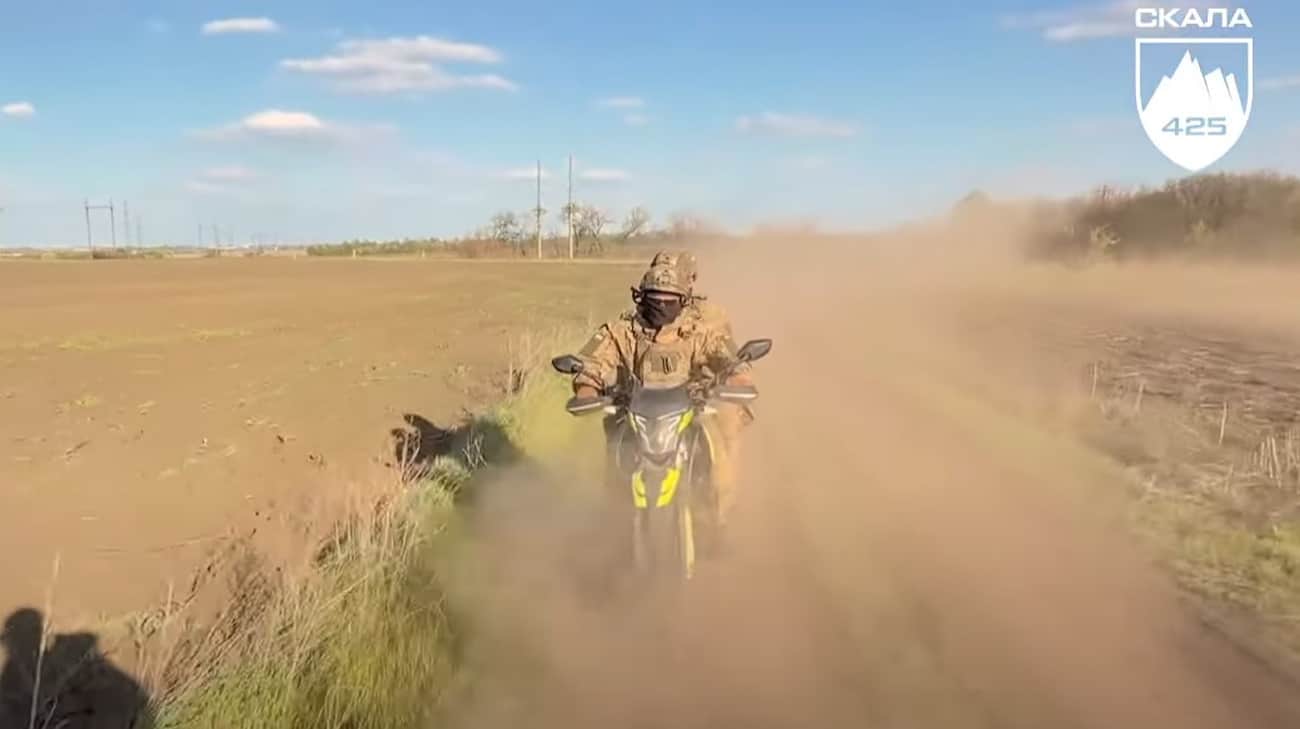


/s3/static.nrc.nl/wp-content/uploads/2025/05/20191934/web-2005BINdefensie_brekelmans.jpg)
